A medical display is more accurate than a regular monitor. Medical displays have higher resolution, brighter screens, and clearer shades of gray. They follow DICOM standards. This makes sure medical images are clear and accurate for doctors. Regular monitors do not include these special features.
Why can’t doctors just use a regular monitor?
At first glance, a medical monitor may look the same as a regular monitor. But inside, it has special technology that makes it different. Here are the reasons why regular screens are not suitable for medical use.
- Not accurate enough——Standard monitors are designed for movies, games, and office work. They aren’t meant for spotting tiny details in X-rays.
- Brightness is not consistent – Over time, regular monitors become dimmer, making the images unreliable.
- Poor grayscale display – Many medical images are in grayscale, and medical monitors are specially designed to show these shades with high accuracy.
- Lack of calibration – Medical monitors follow strict standards to ensure images look the same no matter where they are viewed.
What is special about medical monitors?
Medical diagnostic monitors have special functions to help doctors make correct diagnoses. Let’s see what makes them special.
1 Ultra-high resolution
Have you ever tried to zoom in on a photo, only to see it turn into a blurry mess of pixels? This is exactly what doctors don’t want when looking at medical images. These monitors have a much higher resolution than regular screens, making sure even the tiniest details are clear.
2 Consistent brightness and contrast
Brightness and contrast are very important for seeing details in medical images. Unlike regular monitors, medical monitors can keep a high brightness level for many years. This helps doctors see tiny differences in tissues, which can mean the difference between a correct diagnosis and a missed one.
3 DICOM Compliance – Ensuring Accuracy
DICOM (Digital Imaging and Communications in Medicine) is a standard that makes sure medical images look the same on every certified screen. Medical diagnostic screens follow the DICOM Part 14 standard, which ensures that grayscale images are displayed correctly every time.
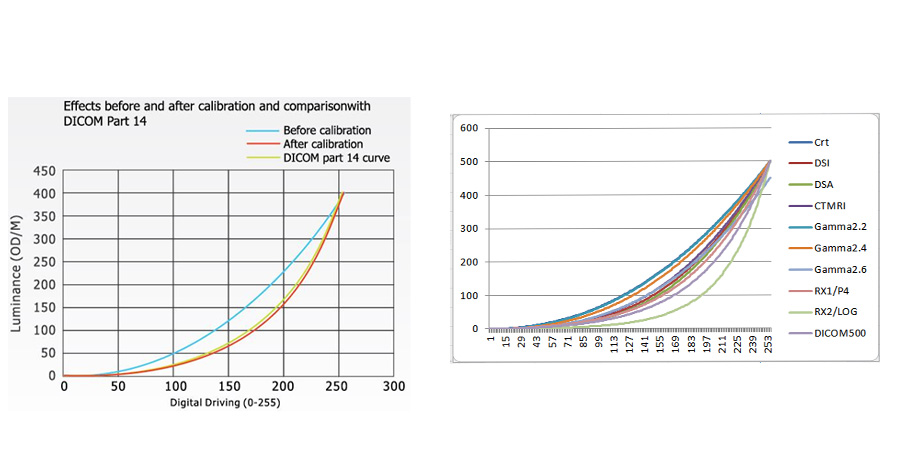
4 Automatic Calibration
The color and brightness of regular screens can change over time, but medical screens have built-in sensors that automatically adjust these settings. This keeps the image quality consistent, making sure doctors always see accurate details.
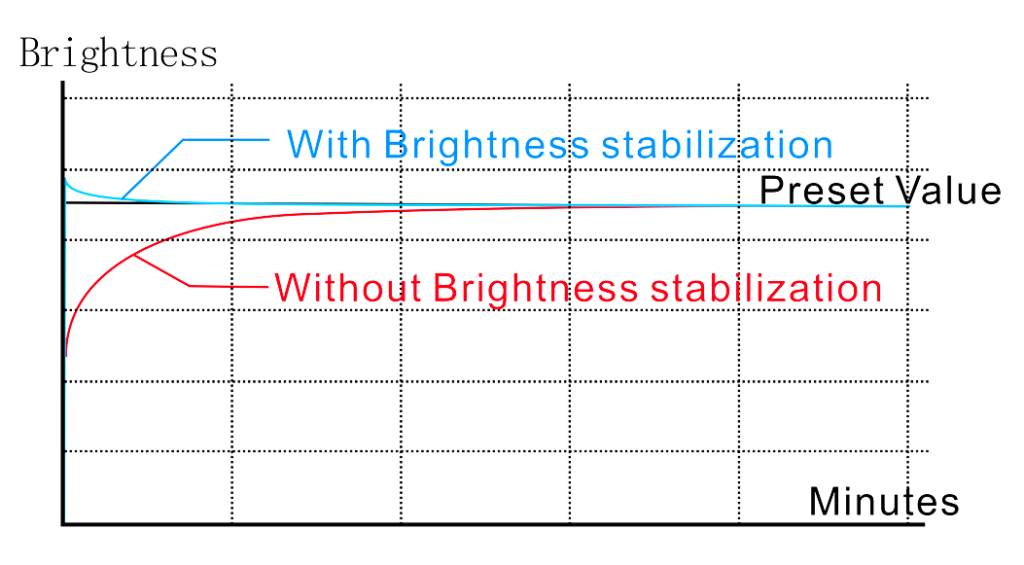
5 Long-lasting Performance
Hospitals and clinics rely on their equipment for many years. Medical monitors are built to last and maintain high performance even after thousands of hours of use.
In which areas are medical monitors used?
Medical monitors are widely used in many areas of healthcare. Let’s take a look at some of the most important applications.
1 Radiology and PACS
Radiologists examine medical images like X-rays, CT scans, and MRIs. These images are stored in PACS (Picture Archiving and Communication System), which doctors can access anytime. High-resolution monitors are crucial for spotting fractures, tumors, and other medical conditions.
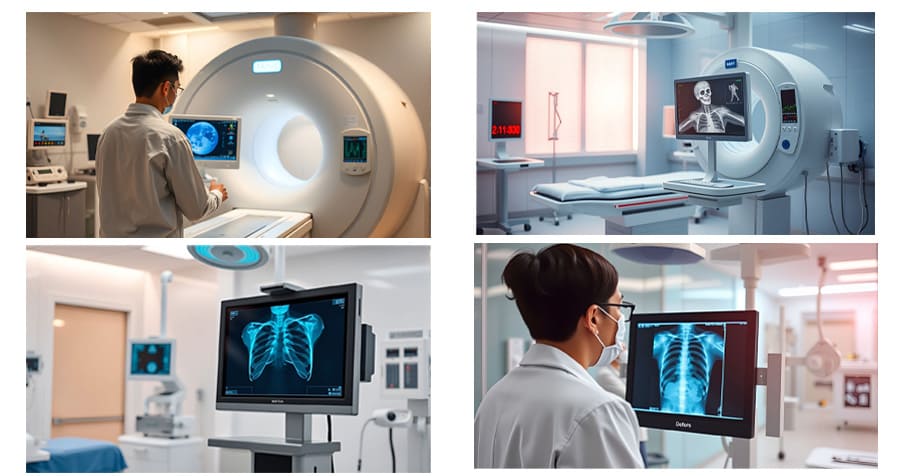
2 Mammography
Mammography requires extremely high detail to detect early signs of breast cancer. These monitors have a resolution of 5 million pixels or more, ensuring that even the smallest abnormalities can be seen.
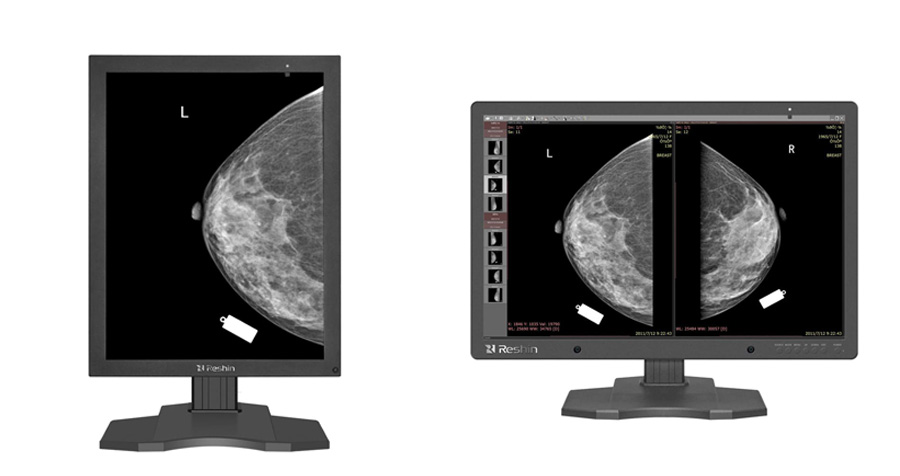
3 Pathology and Microscopy
Pathologists study tissue samples to diagnose diseases like cancer. With digital pathology, these samples are scanned and viewed on high-resolution medical monitors, making remote diagnosis possible.
4 Surgery and Endoscopy
Surgeons use real-time imaging during surgeries, especially in minimally invasive procedures. High-quality monitors help them see everything clearly, ensuring the safety and precision of the surgery.
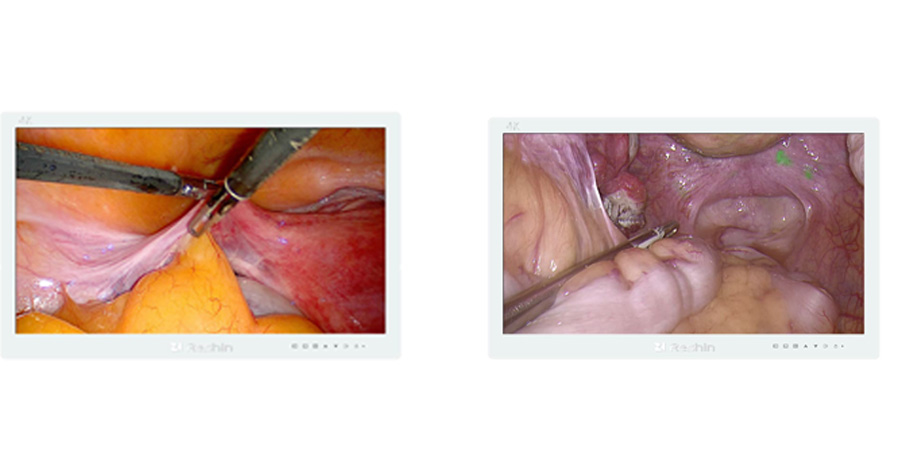
Why are medical monitors important?
Medical monitors are extremely important for saving lives. Blurry or incorrect images can lead to wrong diagnoses, while high-quality monitors make sure doctors see all the details they need.
1 Reduce errors
Small mistakes in medical imaging can have serious consequences. Monitors with poor brightness or color accuracy might hide important details. Medical-grade monitors avoid these problems, making sure every image is as clear as possible.
2 Improving hospital workflow
Hospitals handle thousands of images every day. Medical monitors work seamlessly with PACS and Electronic Health Record (EHR) systems, allowing doctors to view and share images more quickly.
3 Keeping up with new medical technologies
Medical science is advancing rapidly. With the rise of AI, 3D imaging, and other innovations, the need for high-quality medical monitors is greater than ever. For example, 3D mammography requires specialized monitors to display layered images, helping with early cancer detection.
Future Trends of Medical Displays
The field of medical imaging is always evolving. Here are some trends shaping the future of medical diagnostic monitors:
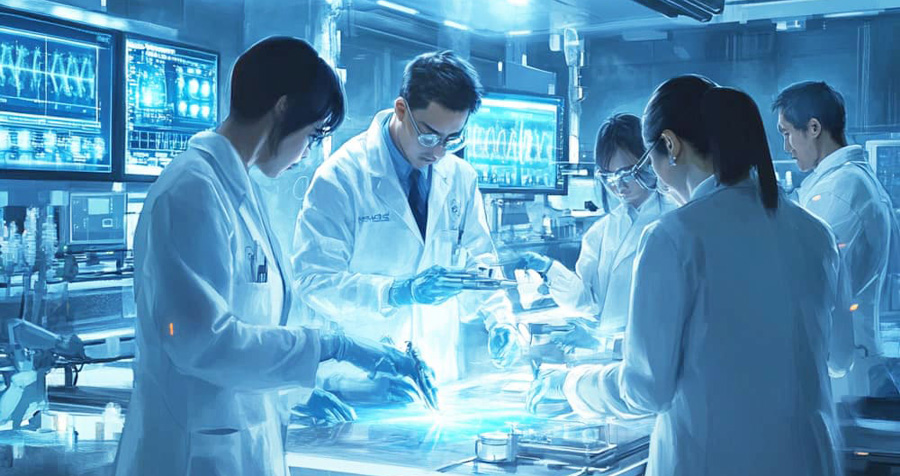
1 Artificial Intelligence in Medical Imaging
AI is changing how doctors diagnose diseases. Smart algorithms can analyze images and highlight potential health issues, helping doctors make decisions faster and more accurately. Medical monitors ensure that AI-enhanced images are displayed with perfect clarity.
2 3D and multimodal imaging
New medical imaging technologies allow doctors to view multiple scans at the same time, such as combining PET and CT scans for clearer images. Future medical monitors will continue to evolve to support these advanced imaging methods.
3 Telemedicine and online healthcare
Telemedicine is growing rapidly, and high-quality monitors are essential tools for remote diagnosis. As more healthcare services move online, medical monitors will play a key role in ensuring accurate virtual consultations.
4 Environmentally friendly and energy-saving design
Sustainability is becoming a focus in medical technology. New medical monitors are designed to use less power while maintaining top performance. This helps hospitals reduce costs and minimize their environmental impact.
In summary
Medical diagnostic monitors are a crucial part of modern healthcare. They provide doctors with the clarity and accuracy needed to make life-saving diagnoses. Unlike regular monitors, these screens are designed to meet strict medical standards, ensuring consistent and precise imaging.
As technology continues to advance, medical monitors will play an even bigger role in healthcare, working with AI, telemedicine, and advanced imaging techniques. Investing in the right medical monitor isn’t just about better image quality—it’s about improving patient care and supporting the future of medicine.

